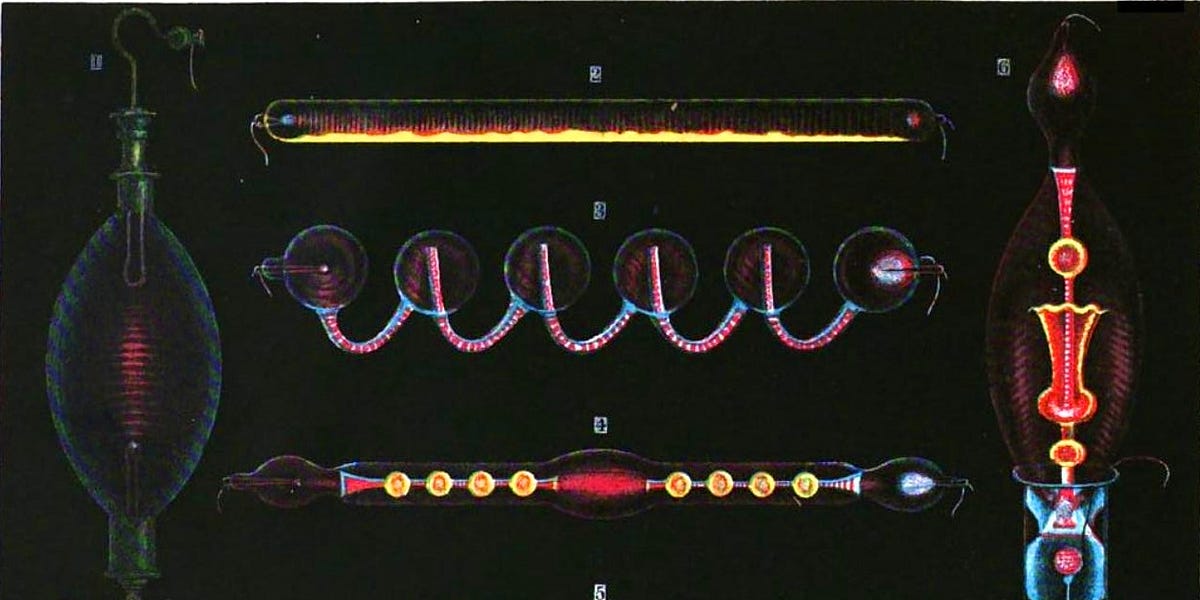Geissler管:被遗忘的科技基石,孕育现代文明的玻璃奇迹
Heinrich Geißler, a glassblower from Prussia, revolutionized scientific exploration and modern technology through his invention of the Geissler tube in the mid-19th century. This gas discharge tube, an early iteration of technologies that manipulate electrons, served as the foundational ancestor for a vast array of subsequent innovations. Its initial applications ranged from scientific research, particularly in understanding cathode rays and electrons, to popular novelty items, demonstrating its dual impact on both deep scientific inquiry and consumer culture.
The Geissler tube's lineage directly influences lighting technologies, including fluorescent and neon lamps, and was pivotal in experimental physics, leading to the discovery of electrons and X-rays. Furthermore, its descendant, the cathode ray tube (CRT), formed the bedrock of early electronic displays like oscilloscopes and televisions. The underlying principles of electron manipulation within vacuum tubes, derived from the Geissler tube, also powered early computers before the advent of transistors. This humble glass device, though largely unacknowledged today, is a critical node in the technological tree, underpinning virtually all modern electronics and computing.


网友讨论